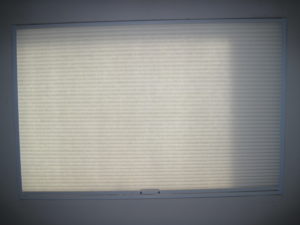


Skylights – heat gain & UV fading
Have you ever walked into a room and felt the sunlight beaming in from above? It’s a nice sensation made possible by skylight windows in the ceiling. The room is bright and seems more open and airy. Yes, skylights can really enhance your home. Why would anyone complain about them? I met customers over the years who really wished they’d never installed them and would gladly remove them if it weren’t for the expense. The general consensus was that “skylights seemed like a good idea at the time”. So, what were these people griping about? I’ll get to that, but, first…The selling points:
- These openings are a great source of natural light which is good for pets, house plants and people.
- They provide a heat source for the cold months which can reduce your fuel bill.
- Skylights add interest and break up a blank white ceiling.
Now for the negatives:
- That great source of natural light will fade the furniture, rugs and even hardwood floors to an unrecognizable hue over time due to ultraviolet (UV) light exposure.
- Heat gain that you welcome in the winter will roast you alive on a sunny summer afternoon. It will also give your A/C system an Olympian workout, potentially negating your winter savings.
- Skylights are notorious sources for roof leaks but the water stains will definitely break up the white ceiling.
